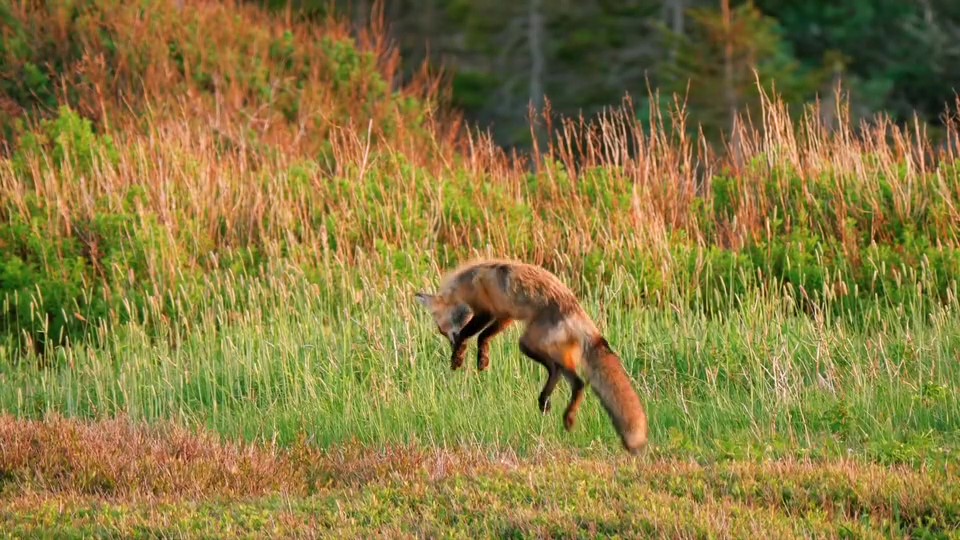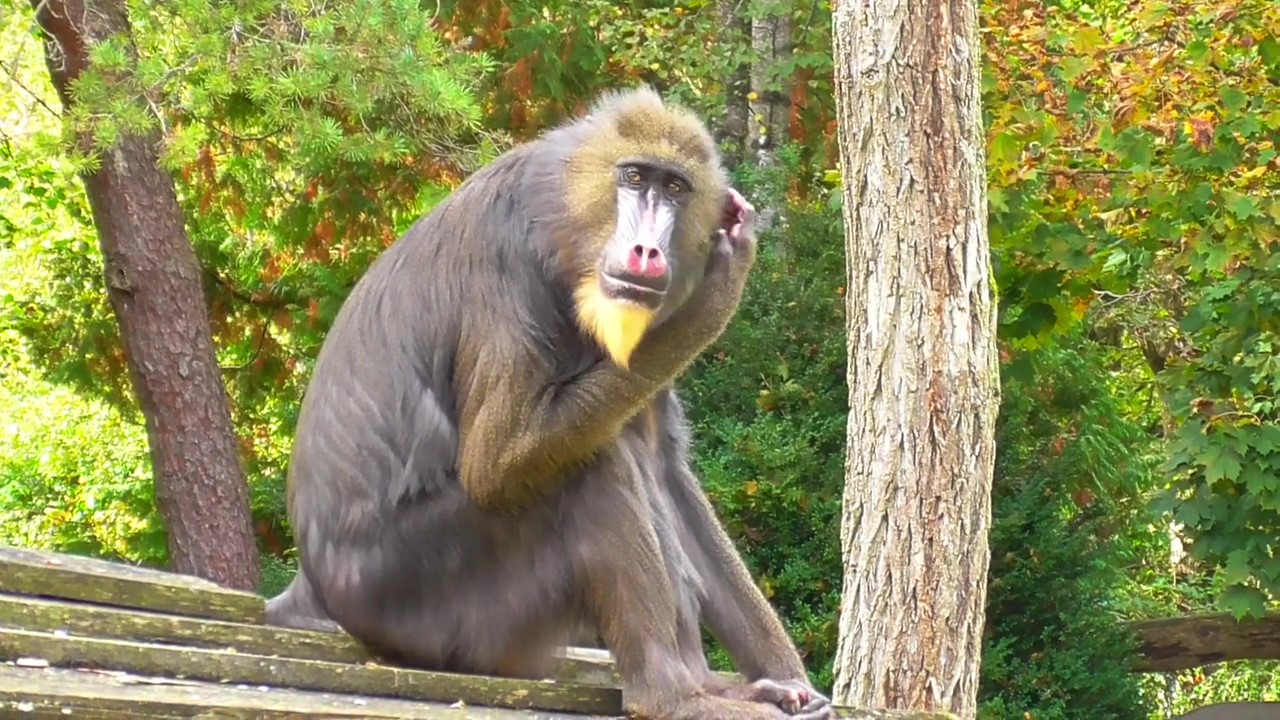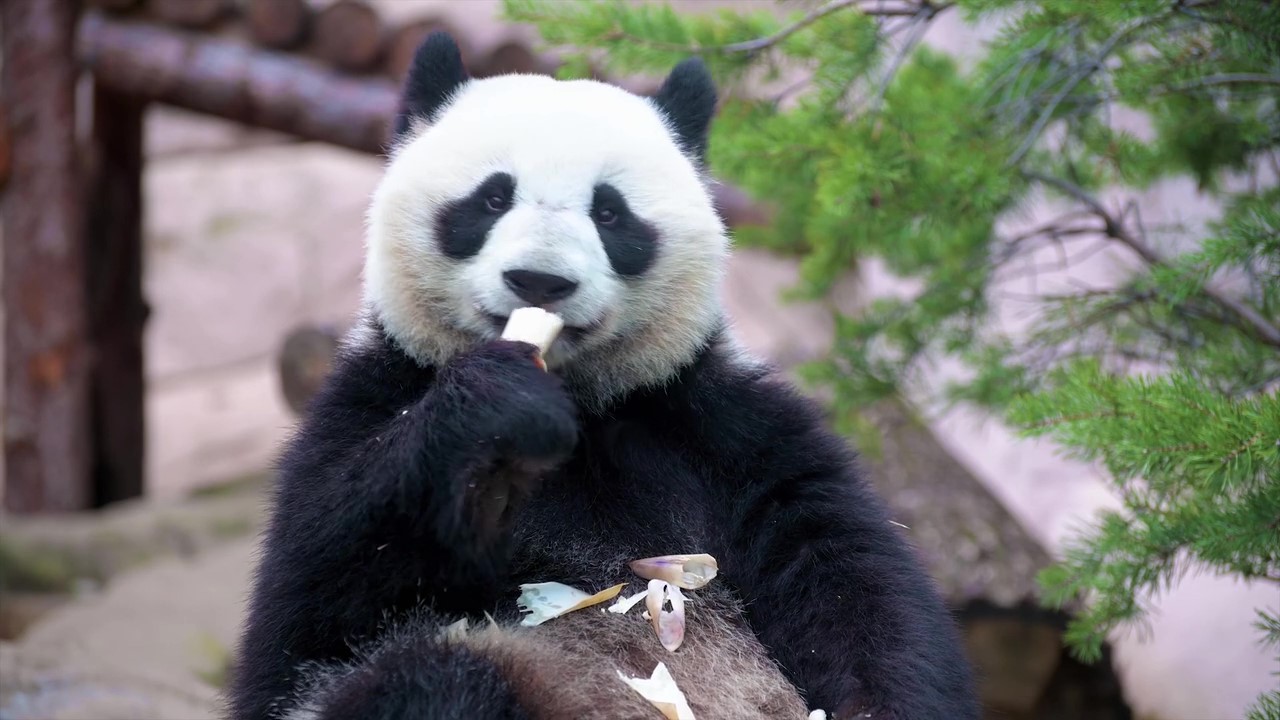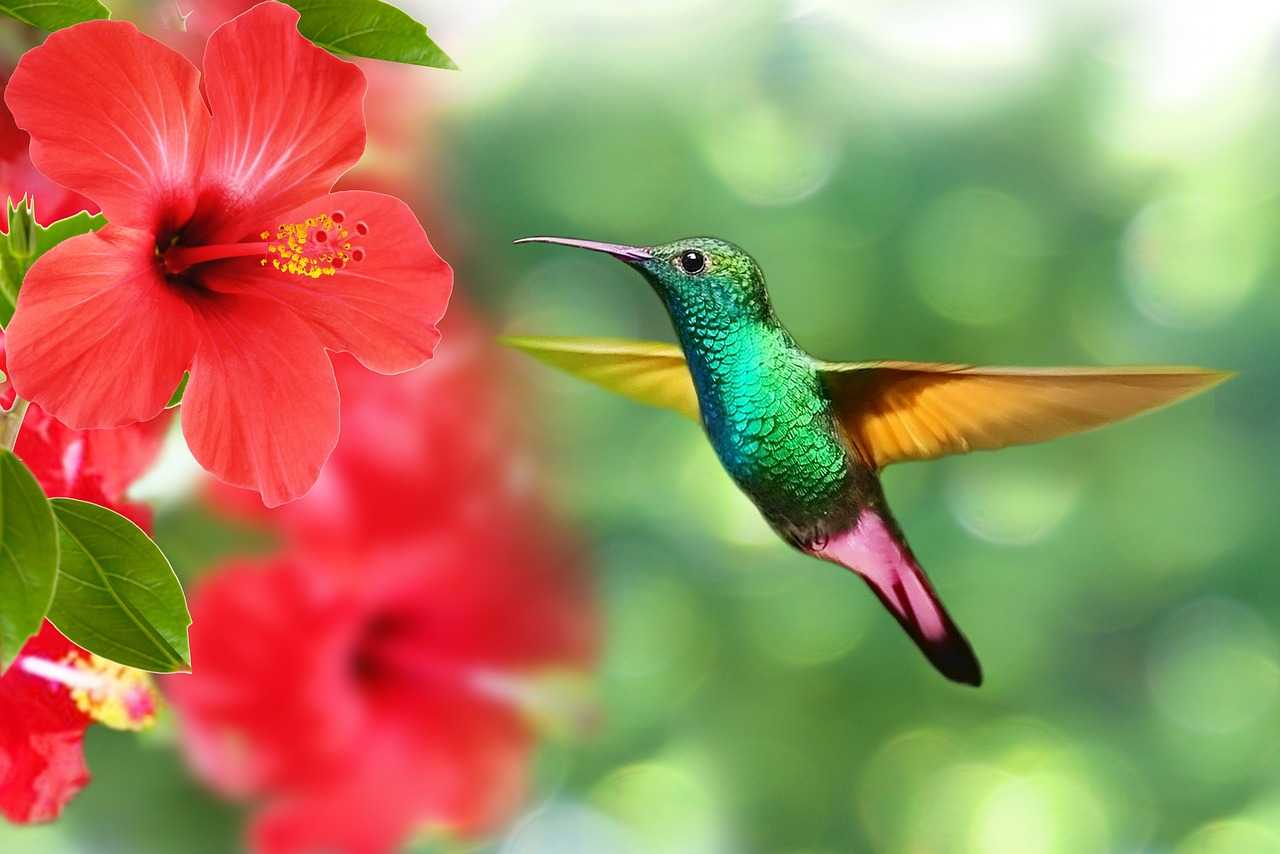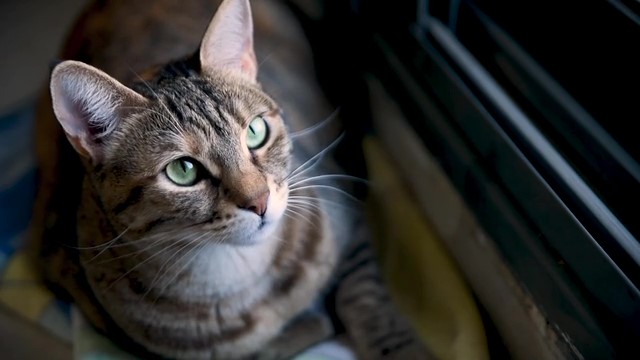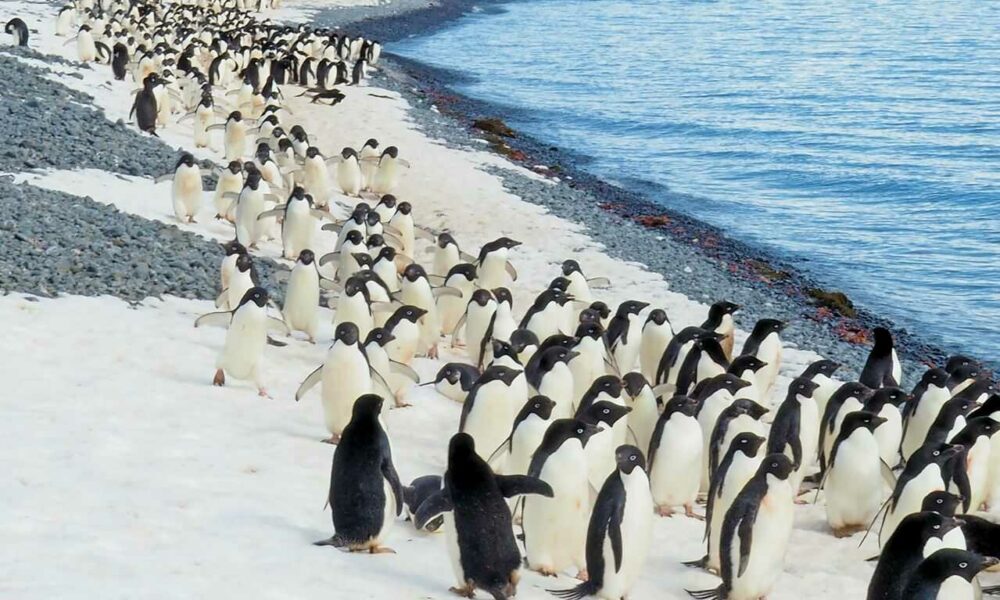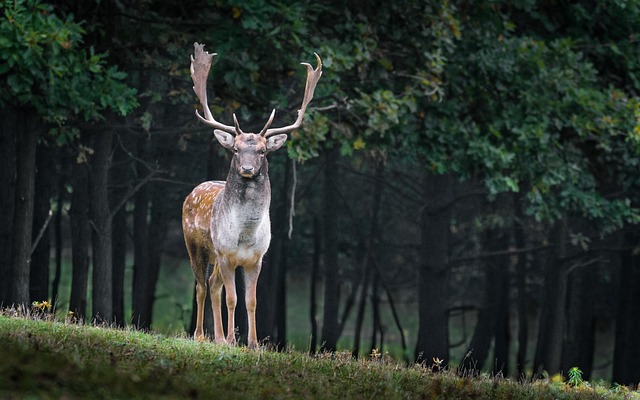
Hawk
Hawk
Hawk
Hawks and eagles are called the kings of the sky because their flying posture is so elegant that everyone is captivated. For humans who cannot fly, birds are often treated as symbols of freedom, and raptors such as hawks are particularly attractive because of their strength. Their appearance of attacking from the sky with strong claws and beaks is truly that of a hunter. What kind of life do hawks usually lead? Let’s take a look at the ecology of hawks together.
Hawk Basic Infomation

Accipitriformes-Accipitridae. ※There are many subfamilies and genera in the hawk family, and there is still debate from a taxonomic standpoint.
Because the hawk family includes many eagles and hawks, here are some examples of their size.
African Crowned Eagle:Length 80-100cm weight male 2.6-4.1kg female 3.2-4.7kg. Northern Goshawk:Length 50-60cm weight 0.63-1.4kg. Sparrowhawk:Length 25-30cm weight 0.075-0.160kg(75-160g).
Hawks are diverse in species and their ecology varies greatly depending on the species.
In Japan, they are thought to inhabit forests, but overseas they can be seen in grasslands, deserts, and on coasts.
The species called “Northern Goshawk” is a hawk that is commonly seen in Japan and is so familiar that it can be confirmed around the Imperial Palace. It is also called the “king of the forest” because it inhabits forests rather than the sky.
Hawks are also a species with devoted love. They spend their entire lives with one mate and cooperate in raising their young. Females mainly protect eggs and chicks, while males are responsible for hunting.
Generally, female hawks are larger than males, so they seem to be more involved in defense.
Hawk Q&A

What is the origin of the name hawk?
In English, it is called a “hawk,” but in Japanese it is called “taka.” This time, I will introduce the origin of why it is called “taka” in Japanese. The origin of “taka” as Accipitriformes is not clear. Here, I will introduce ootaka (Northern Goshawk), which is easily misunderstood for its origin, and tsumi (Sparrowhawk), which is difficult to understand.
First, let’s talk about ootaka (Northern Goshawk).
In the Japanese sense, ootaka (Northern Goshawk) is often thought to be written in kanji as “ootaka” . However, it is not that big, measuring only 50-60cm.
In fact, the “oo(big)” in ootaka (Northern Goshawk) does not represent its size but its color. When written in kanji, ootaka means “souyou” , named after its bluish feathers.
It is said that “aotaka” became “ootaka” due to a change in pronunciation.
Japanese often changes the pronunciation from its original form due to colloquialism, which can make it difficult to understand the meaning behind names. However, I find it interesting that many unexpected things can be discovered when looking up their meanings.
Next, I will introduce tsumi (Sparrowhawk), the smallest hawk found in Japan.
Like ootaka (Northern Goshawk), tsumi (Sparrowhawk) was not originally called “tsumi.” When written in kanji, tsumi means “tsumi”, with “suzume” meaning small.
Unlike ootaka (Northern Goshawk), this species was named after its size.
It is said that the pronunciation changed from “suzumetaka” to “susumi,” then “sumi,” and finally to the current “tsumi.”
Interestingly, in the past, they were called differently depending on their gender. Many Accipitriformes have different body sizes between males and females, and most species have larger females.
As prey also changes depending on the difference in body size, it is said that they were clearly distinguished from a falconry perspective. Even today, some people call male tsumi “essai” in some circles.

Why do hawks live there?
Since there are many types of hawks, they live in various places depending on the type. There seems to be no common feature at first glance, such as grasslands, deserts, forests, coasts, etc., which are suitable for prey and child-rearing.
The majority of hawks seen in Japan live in places where trees grow thickly like forests.
It seems that the purpose is to live in places where small animals that become prey are abundant or to form nests on trees with relatively little danger.
When observing such as bird watching, if you get too close to the nest, you may be attacked from the defensive instinct. Especially during the breeding season, you should be careful.

What are hawks eating?
Hawks are carnivorous and mainly eat animal-based foods.
Even if it is animal-based, it varies depending on the type and habitat, and is not limited to small animals. It is very diverse, such as insects, crustaceans, fish, reptiles, birds, and mammals. Some species even prefer carrion.
The African Crowned Eagle, a large hawk, is said to prefer eating monkeys. Sometimes even large monkeys like Mandrills become prey for African Crowned Eagles.
By the way, the people of Africa where the African Crowned Eagle lives call it “flying leopard” and are afraid of it.

What is the difference between a hawk and an eagle?
There is no taxonomic difference between hawks and eagles. Among the same hawk order, large ones are called eagles and medium ones are called hawks. By the way, smaller ones are called Kites.
Although it is distinguished by size, the reality is quite ambiguous. The African Crowned Eagle, a large hawk, has a body size comparable to that of an eagle, and the Crested Serpent Eagle is only about the size of a hawk.
This is said to be because it varies depending on the region and people who discovered it.
You don’t see hawks or eagles very often in your daily life, but if you know that they are distinguished by size, you might be able to tell them apart.

Are hawks smart?
Hawks, which are birds of prey, are a formidable presence for their prey because they have strong claws and beaks. Furthermore, the terrifying thing about hawks is that they are very smart, as can be seen from their hunting methods.
Usually, hawks observe their prey from a safe place in the sky and wait for an opportunity to dive down and crush the vital points with their claws.
However, in some cases, they hunt in completely different ways.
They deliberately lure their prey to chase them and lead them to a water source. Then they take advantage of the opportunity to hold down the prey from above and drown it.
If there is a fight during the hunt, they may fail or get injured in a counterattack. It is said that the method of drowning is used because it can hunt safely and surely.

What is the connection between hawks and humans?
Tracing the connection between hawks and humans takes us back to the Jomon period. From the state of the ruins, it seems that they were human food at that time.
In addition, the culture of falconry, a hunting method using hawks, remains around the world.
The method of releasing trained hawks to catch prey is common throughout the world, and falconry has been practiced in Japan since the Kofun period. Falconry was particularly popular among nobles and the wealthy, but gradually became more widespread among the general public as time went on.
During the Warring States period, Oda Nobunaga, Toyotomi Hideyoshi, and Tokugawa Ieyasu also enjoyed falconry, and Ieyasu was said to have been more than just a hawk lover. At that time, other warlords were also engaged in falconry, and various records remain.
Even today, falconry as a profession remains in some parts of the world and is used to control pests.

Do hawks like people?
Hawks are accustomed to people, but the expression "tame" seems to be incorrect. Active falconers actually believe the opposite.
In other words, the idea is that “it is not that hawks become attached to humans, but that humans must think of hawks as their master and serve them.”
Hawks are intelligent and have a habit of using things that are beneficial to them. For hawks, falconers are also one of the things that are beneficial to them.
Falconers must be partners with useful value for hawks, not just their owners. Maximizing the ability of hawks is important in falconry.
Even if you keep them as pets, it is important to know the temperament of hawks that do not become attached. ※If you want to keep rare animals, you may need to follow the laws established by the country.

Do hawks attack people?
Depending on the situation, hawks not only do not become attached to humans but also attack them. During the breeding season, they are often more irritable, so it is absolutely necessary to avoid approaching their nests carelessly.
In addition, there have been incidents overseas where people were attacked by hawks not due to defense instincts but due to hunting instincts.
In Zambia, a 7-year-old child was attacked on the way to school. He suffered injuries to his head and chest and had marks on his arms indicating that he was trying to be taken away. Since there was no nest nearby, it was said that he attacked the child as prey rather than out of defense instincts.
Such cases have not been confirmed in Japan, but it is better to be careful.

How strong is the grip strength of a hawk?
It is known that the grip strength of raptors is stronger than that of humans, not just hawks.
Depending on the individual, the more aggressive African Crowned Eagle has a grip strength of over 100 kg. With strong claws and grip strength, it easily crushes the skull of a monkey that has become its prey.
Furthermore, it seems that human ancestors were also prey for hawks. Skulls with claw marks similar to those of African Crowned Eagles have been found.

Would you like to become a part of the 'Animalbook.jp'?
Turn your knowledge into Q&A and share it with the world. ※Publication will be activated after purchase. Let's share information together!
Hawk Type of List

I will introduce the species that include “taka” in their Japanese names since there are many species belonging to the order Accipitriformes.
- Northern Goshawk.
- Eurasian Sparrowhawk.
- Mountainhawk eagle.
- Chinese Sparrowhawk.
- African Crowned Eagle.
- Bat Hawk.
- African harrier hawk.
- Madagascar Harrier-hawk.
- Aquila africana.
- Bonelli's eagle.
- African Hawk-Eagle.
- Booted eagle.
- Little Eagle.
- Roufous-bellied Eagle.
- Long-crested Eagle.
- Changeable hawk-eagle.
- Blyth's Hawk-Eagle.
- Javan hawk-eagle.
- Sulawesi Hawk-Eagle.
- Legge's Hawk-eagle.
- Wallace's hawk-eagle.
- Black hawk-eagle.
- Black-and-white Hawk-Eagle.
- Ornate Hawk-Eagle.
- Black-and-chestnut Eagle.
- Dark Chanting Goshawk.
- Eastern Chanting-goshawk.
- Pale Chanting Goshawk.
- Gabar Goshawk.
- Accipiter poliogaster.
- Crested Goshawk.
- Sulawesi Goshawk.
- African Goshawk.
- Chestnut-bellied Sparrow Hawk.
- Shikra.
- Eurasian sparrowhawk.
- Levant Sparrowhawk.
- Chinese Sparrowhawk.
- France's Sparrow Hawk.
- Spot-tailed Accipiter.
- Gabar Goshawk.
- Brown Goshawk.
- Black-mantled Goshawk.
- Pied Goshawk.
- Accipiter haplochrous
- Fiji Goshawk.
- Northern goshawk.
- Imitator Goshawk.
- Accipiter poliocephalus.
- New Britain Goshawk.
- Accipiter superciliosus.
- Madagascan Sparrowhawk.
- Ovambo Sparrowhawk.
- Rufous-breasted Sparrowhawk.
- Sharp-shinned hawk.
- White-breasted Hawk.
- Plain‐breasted Hawk.
- Rufous‐thighed Hawk.
- Cooper's Hawk.
- Gundlach's hawk.
- Bicolored Hawk.
- Chilean Hawk.
- Great Sparrowhawk.
- Henst's Goshawk.
- Accipiter meyerianus.
- Red Goshawk.
- Doria's Goshawk.
Information
Congratulations! You are the first commenter!

Would you like to leave a comment?
※Please note: This is for the purchase of rights to post comments within the article.

Find Your Favorites!
Our shop offers a unique and attractive selection of goods themed around various animals.
Hawk References

- Wikipedia https://ja.wikipedia.org/wiki/タカ科#系統と分類 https://ja.wikipedia.org/wiki/鷹狩 https://ja.wikipedia.org/wiki/ツミ
- サントリーの愛鳥活動 https://www.suntory.co.jp/eco/birds/encyclopedia/detail/4534.html https://www.suntory.co.jp/eco/birds/encyclopedia/detail/1391.html
- 鳥ペディア https://bird-pedia.com/archives/2494
- カラパイア http://karapaia.com/archives/52127702.html
- イーアイデム https://www.e-aidem.com/ch/jimocoro/entry/harajuku007
Hawk Introduction of media used
出典:https://www.pexels.com/ja-jp/photo/4912414/
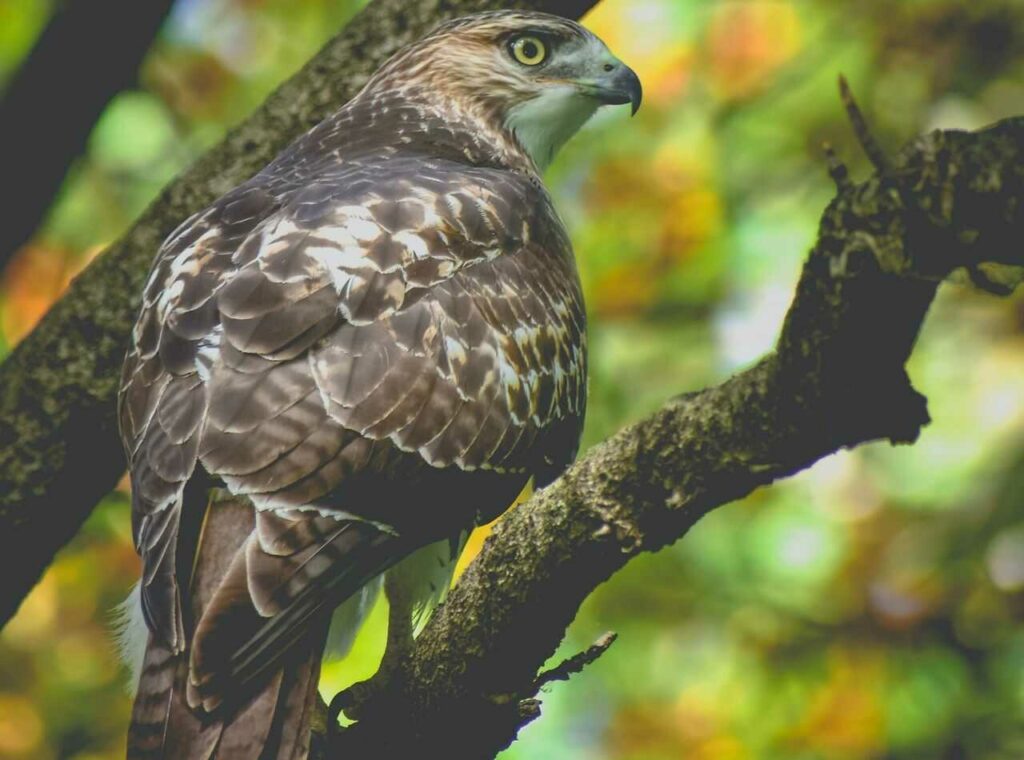
出典:https://www.pexels.com/ja-jp/photo/2992549/
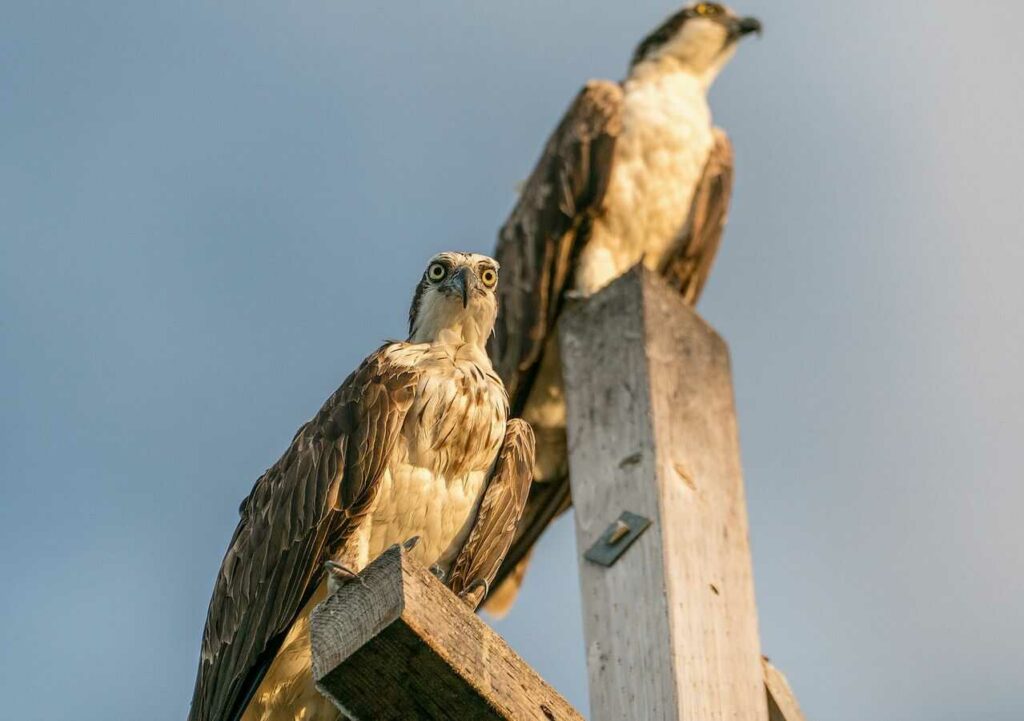
出典:https://unsplash.com/photos/0RcESyrK3SE

出典:https://pixabay.com/images/id-4883128/
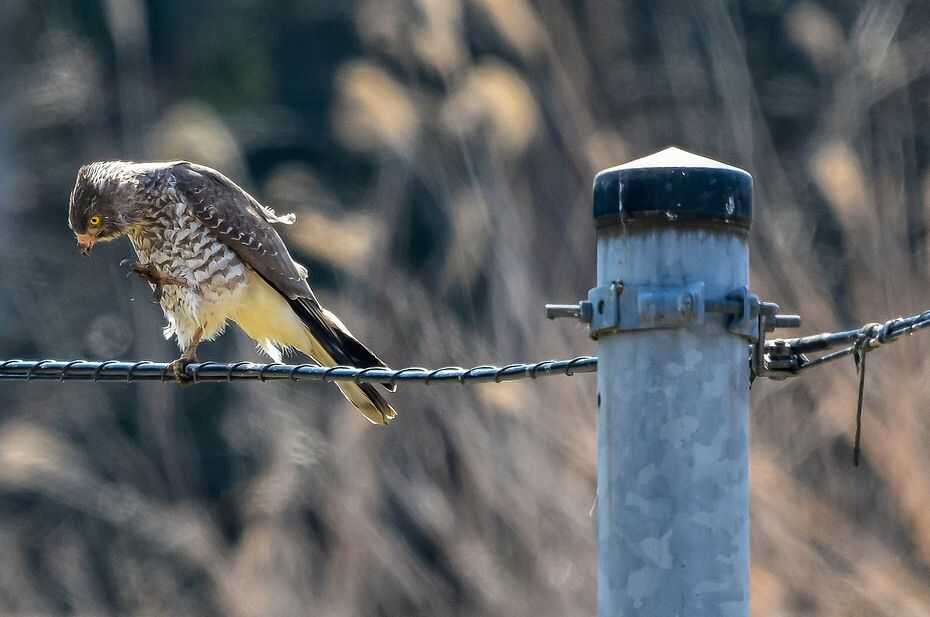
出典:https://pixabay.com/images/id-5004431/
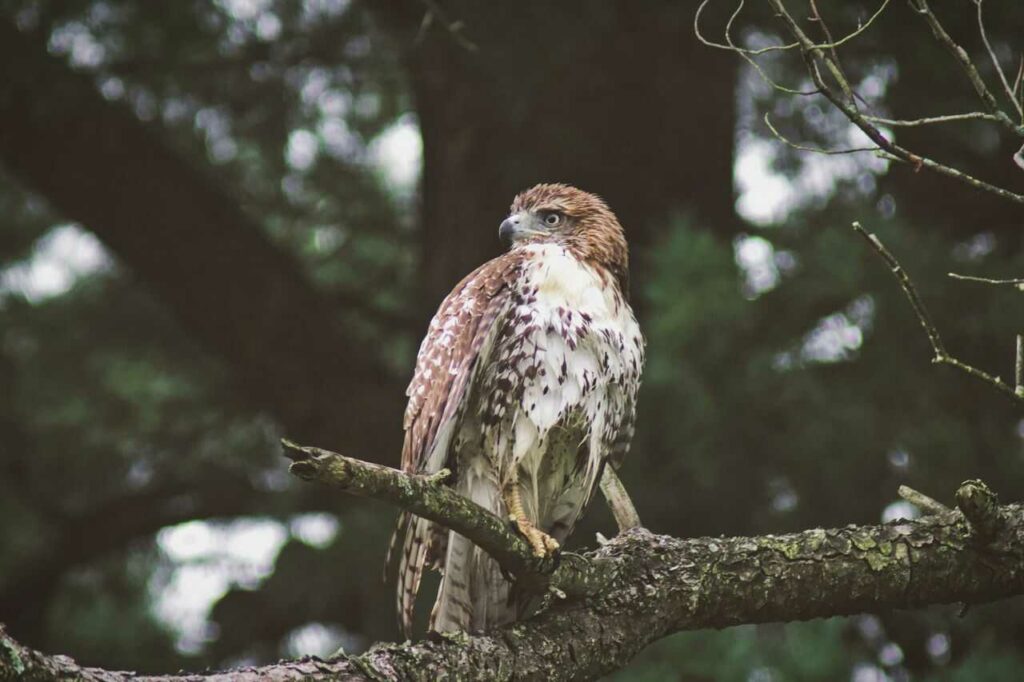
出典:https://unsplash.com/photos/-QYGK05UjR0

出典:https://unsplash.com/photos/UUfnM2XLVzM

出典:https://unsplash.com/photos/__bngifbHWI
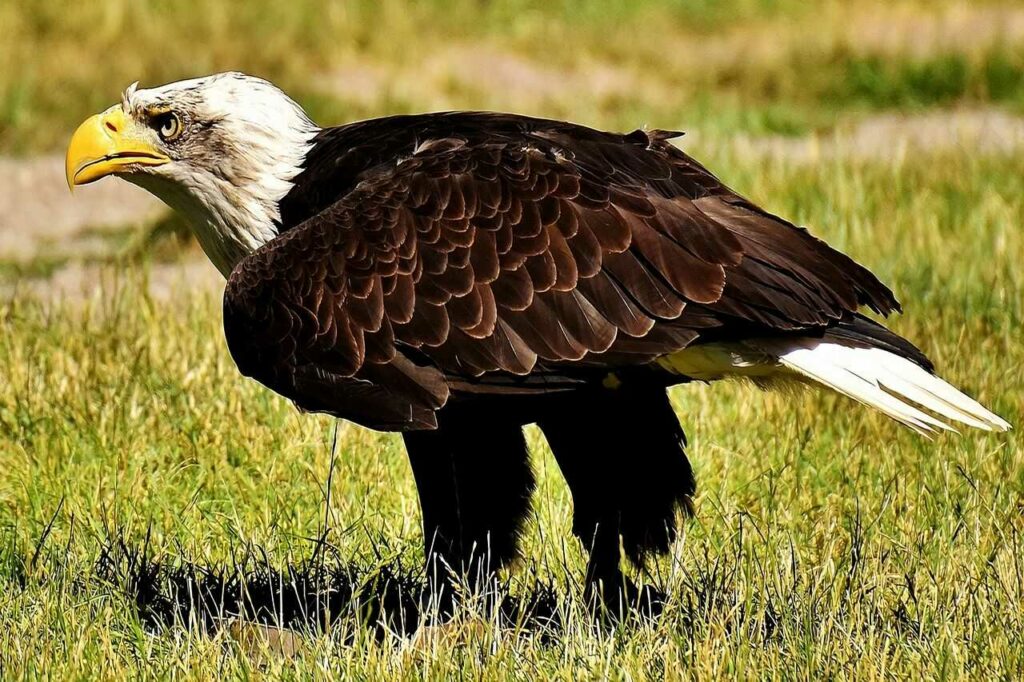
similar
出典:https://pixabay.com/images/id-2432503/
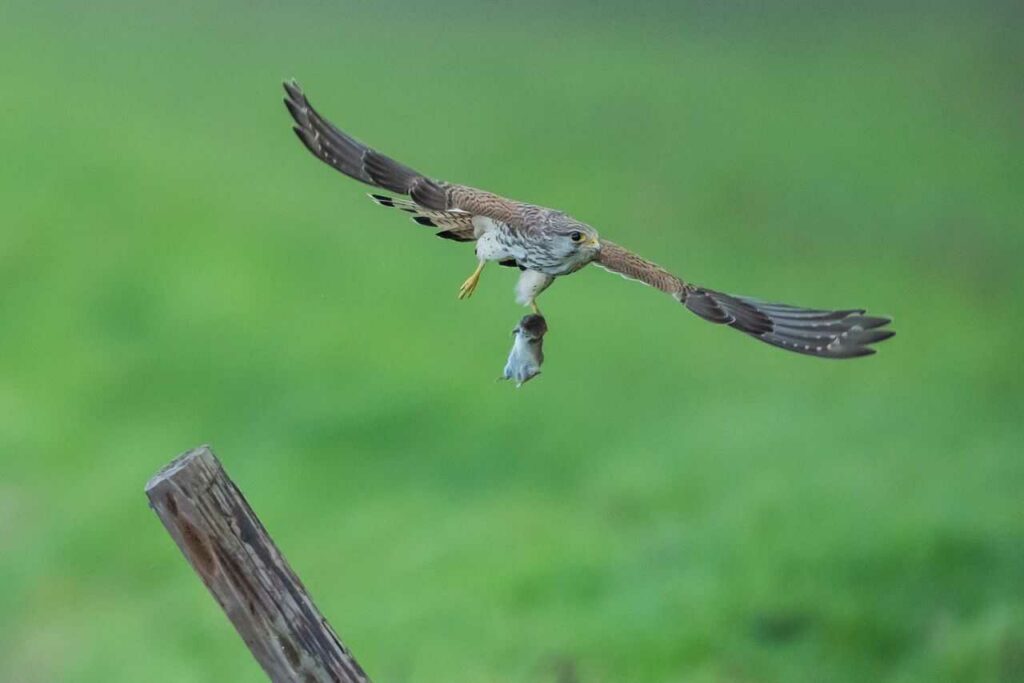
出典:https://unsplash.com/photos/OkTrQ3S-lm4
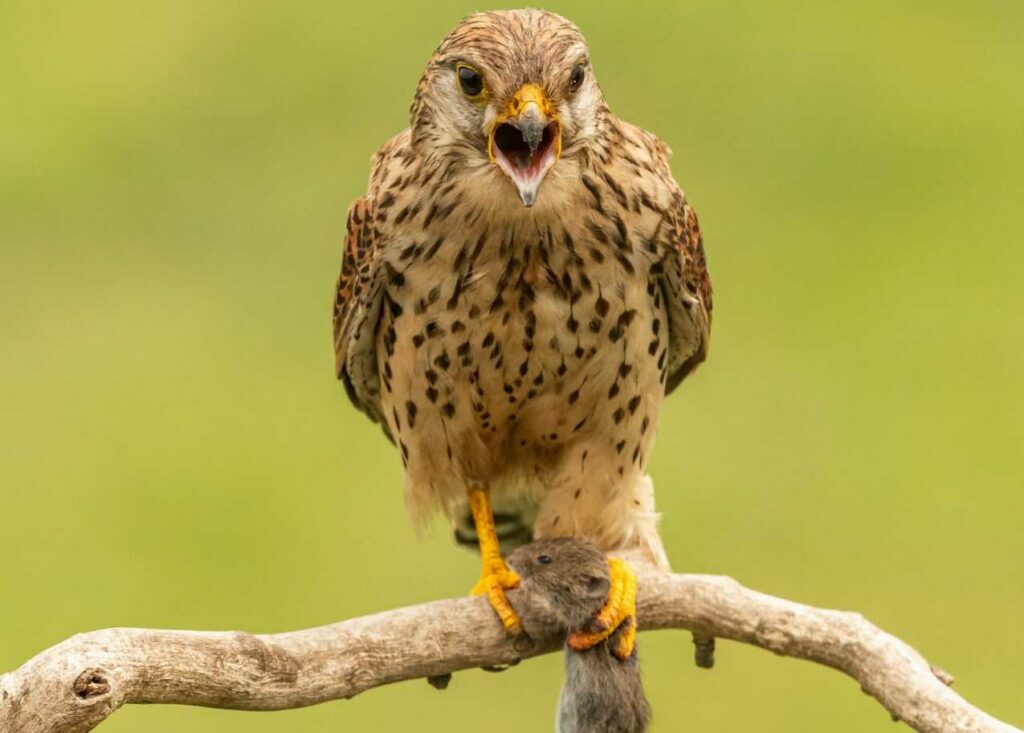
出典:https://unsplash.com/photos/FqfQxG_qfvQ
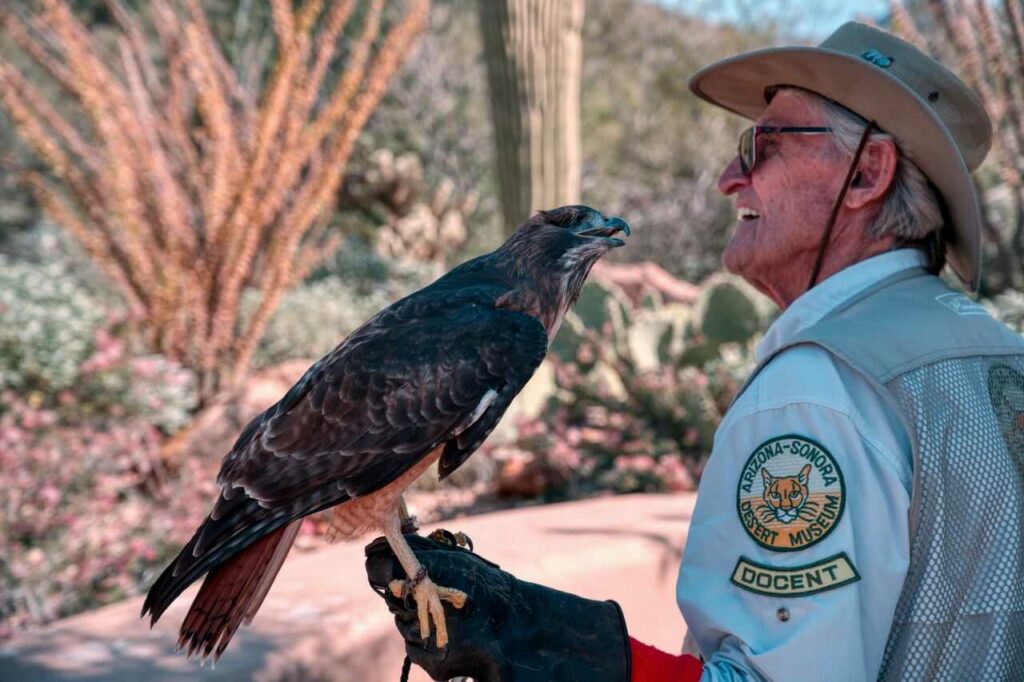
出典:https://unsplash.com/photos/T6zSVMTUU0Q
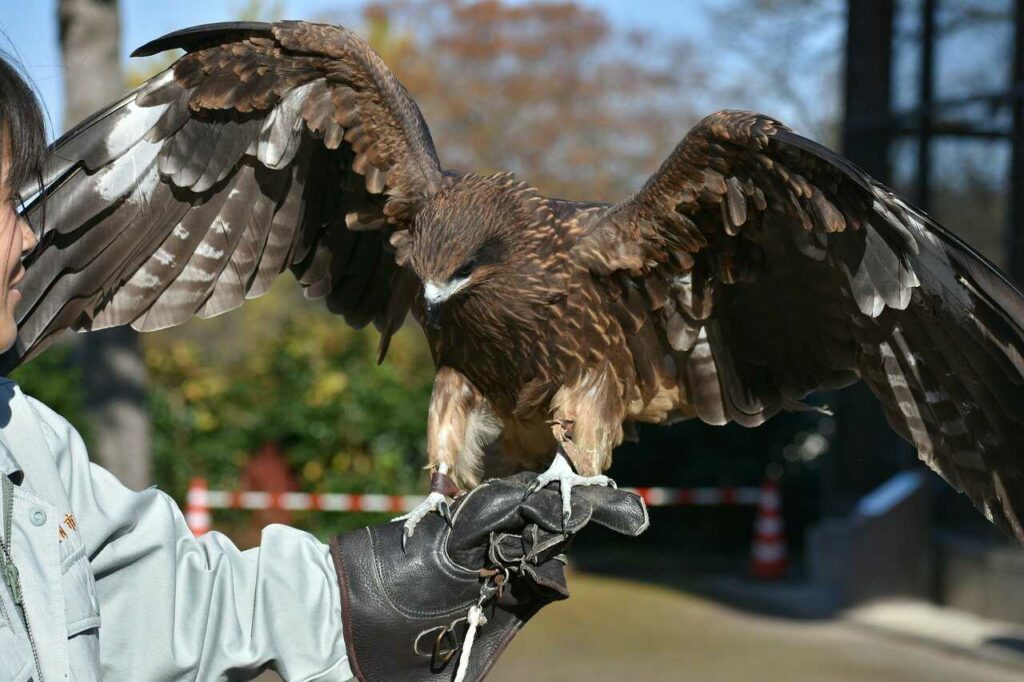
出典:https://pixabay.com/images/id-3824102/
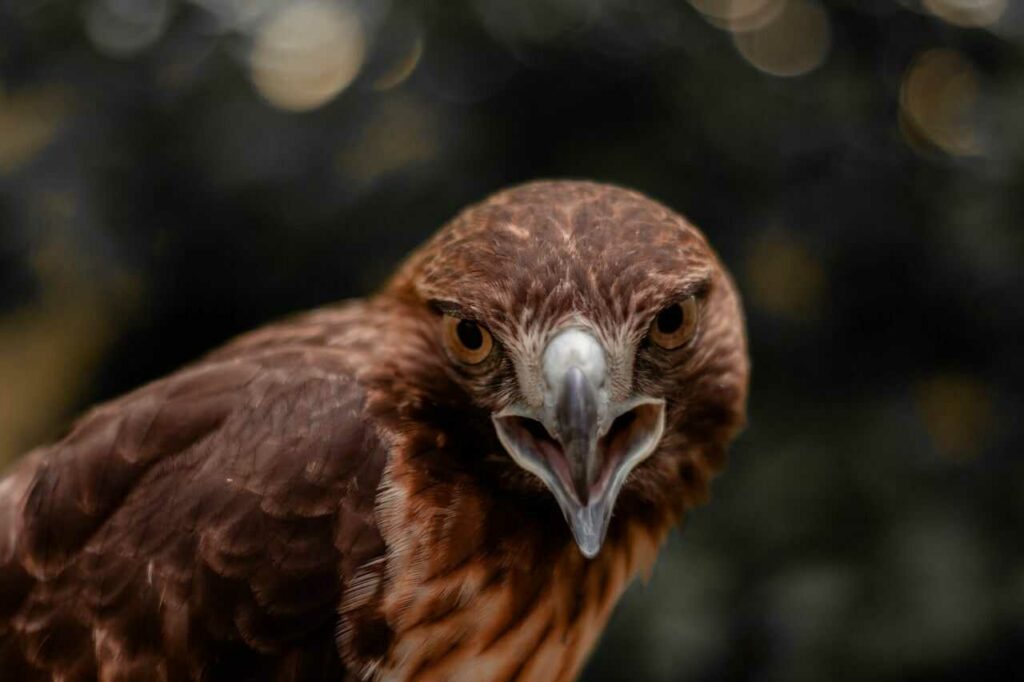
出典:https://unsplash.com/photos/69cG5bQ-2TE
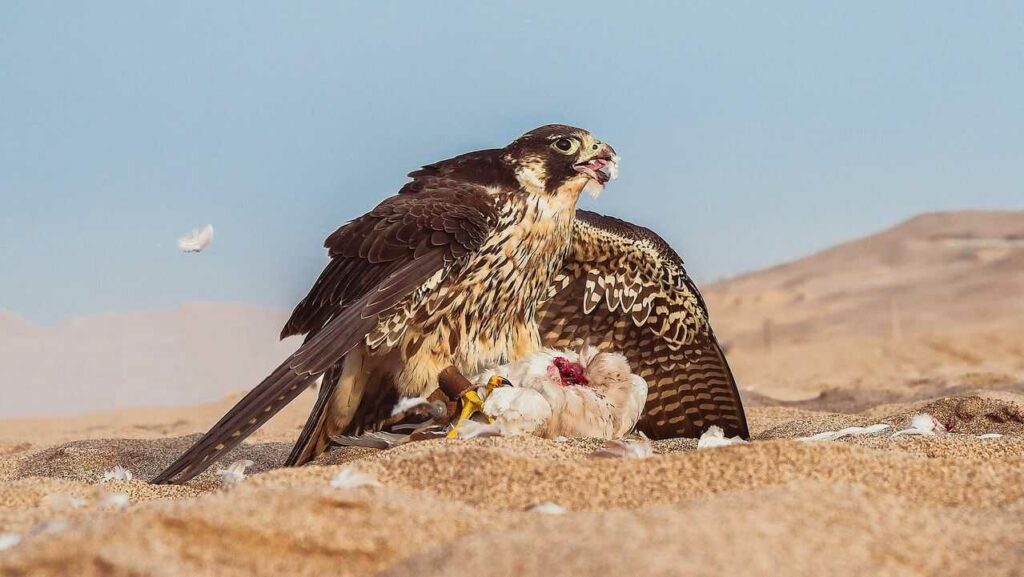
出典:https://unsplash.com/photos/z5UVNE8nmtk

Help Enrich Our Animalbook.jp with Your Media!
We are constantly looking to expand and enrich our Animalbook.jp with amazing photos and videos of animals. If you have any media that you'd like to share, please contribute and help us showcase the beauty and diversity of the animal kingdom. Your submissions will be credited and featured in our encyclopedia, reaching a wide audience of animal lovers.

